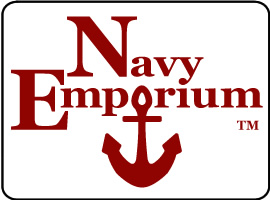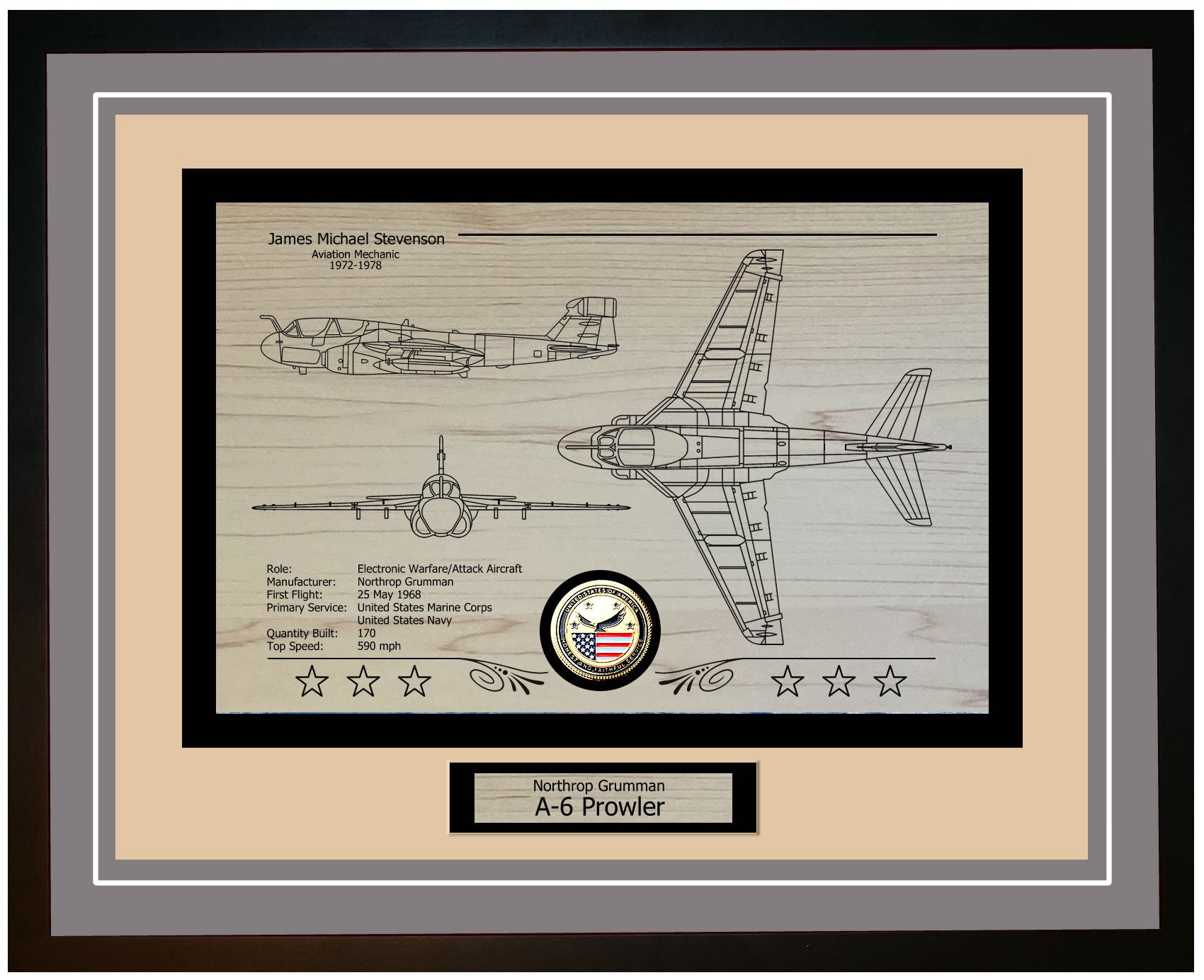The USS Champlin (DD 601) was a Benson-class destroyer built for the United States Navy during World War II. Construction of the USS Champlin began on January 31, 1941, at the Fore River Shipyard in Quincy, Massachusetts, operated by Bethlehem Steel Corporation. It was launched on February 25, 1942, with Mrs. Robert A. Theobald as its sponsor. The ship's construction was part of the Navy's efforts to strengthen its fleet in response to rising tensions, designed to be a versatile and powerful addition to the destroyer force.
Named after Stephen Champlin, a U.S. Navy officer known for his valor during the War of 1812 in the Battle of Lake Erie, where he commanded the schooner Scorpion, his legacy of bravery and commitment inspired the crew of the USS Champlin during their missions in World War II.
The USS Champlin was notable for its weaponry and design features typical of Benson-class destroyers. It was armed with five 5-inch/38 caliber guns, ten 21-inch torpedo tubes, and various anti-aircraft weapons, making it suitable for both offensive and defensive missions. The Benson-class design focused on enhancing seaworthiness, speed, and maneuverability for tasks ranging from convoy protection to engaging enemy submarines and ships.
The USS Champlin’s impactful service during World War II left a lasting mark on the U.S. Navy. It participated in operations like escorting convoys in the Atlantic and Mediterranean and supporting landings in North Africa and Europe. The ship's significant contributions highlighted the adaptability and durability of Benson-class destroyers, showcasing the effectiveness of the U.S. Navy's destroyer fleet during that period.
As part of the Benson-class group, the USS Champlin was designed to address weaknesses seen in previous destroyer classes to meet the demands of naval warfare. These destroyers were primarily tasked with fleet screening, submarine warfare, and surface combat. Built to be swift, maneuverable, and heavily armed, they could carry out various tasks, such as safeguarding vessels or engaging enemy forces directly. The Benson class’s versatility and sturdy construction proved invaluable to the U.S. Navy during World War II.
Lieutenant Commander John J. Shaffer, Jr. took command of the USS Champlin when it was officially commissioned on April 12, 1942. This marked the start of the ship's duty, swiftly becoming a crucial player in U.S. Navy operations in the Atlantic and Mediterranean. The crew of the USS Champlin underwent training to prepare for challenges, leading to the ship's prompt deployment in support of vital naval missions. The commissioning of the USS Champlin significantly bolstered the Navy's destroyer fleet, enhancing its ability to project power and safeguard interests during a period of global turmoil.
Steel Guardian of the Seas: Unveiling the Structure, Technology, and Armament of USS Champlin DD-601
The USS Champlin (DD 601) was a Benson-class destroyer known for its design and versatility during World War II. Measuring 348 feet 3 inches in length, with a beam of 36 feet 1 inch and a draft of 11 feet 10 inches, the Champlin was praised for its agility and durability in operations. Its hull was crafted from high-tensile steel, striking a balance between strength and weight to maintain speed and maneuverability. The superstructure was designed to reduce radar visibility and enhance aerodynamics, contributing to the ship's capabilities.
In terms of technology, the USS Champlin featured advanced systems for its era. It was equipped with radar and sonar for detecting enemy ships and submarines. The radar systems enabled long-range detection and tracking of surface targets, while the sonar provided detection capabilities for anti-submarine warfare. The Champlin also included a communication suite that facilitated coordination with other naval units and command centers. The incorporation of these technologies transformed the Champlin into a formidable adversary in both offensive and defensive strategies.
The weaponry on the USS Champlin was meticulously crafted to provide a comprehensive defensive capacity. Its main armament consisted of four 5-inch/38 caliber dual-purpose guns, effective against both surface and aerial targets. These guns were positioned in turrets, allowing for flexible aiming and swift targeting. To counter threats, the Champlin was armed with a mix of 40mm Bofors and 20mm Oerlikon cannons, creating a layered defense against enemy aircraft. The ship also housed torpedo tubes for launching 21-inch torpedoes, which proved effective against enemy vessels.
In addition to its secondary armaments, the USS Champlin carried depth charges and K-gun depth charge projectors for submarine warfare operations, enabling it to engage and neutralize underwater threats. The Champlin also had the capability to deploy mines, adding another dimension to its operational effectiveness. By combining these weapon systems, the USS Champlin emerged as a potent asset within the U.S. Navy's fleet, ready to confront threats across various battle scenarios.
USS Champlin DD-601: Evolution of a Naval Guardian
The USS Champlin (DD 601), a Benson-class destroyer, underwent upgrades throughout its service life, enhancing its combat effectiveness and operational flexibility. Originally commissioned in 1942, the Champlin was initially armed with five 5-inch/38 caliber guns, ten 21-inch torpedo tubes, and various anti-aircraft weaponry. As naval warfare evolved during the conflict, the Champlin received enhancements to strengthen its air and anti-submarine capabilities. Notable upgrades included the addition of 40mm Bofors and 20mm Oerlikon anti-aircraft guns, as well as advanced radar and sonar systems. These modifications ensured that the Champlin remained effective in a technologically sophisticated wartime environment.
The USS Champlin's mission capabilities were diverse, reflecting the role of destroyers within the U.S. Navy during World War II. While primarily intended for anti-submarine warfare (ASW) and defense against aerial attacks, the Champlin also excelled in convoy escort duties, providing naval gunfire support and engaging enemy surface vessels. The ship utilized radar and sonar systems to accurately locate and confront enemy submarines, while its improved anti-aircraft weaponry offered strong defense against airborne threats. Its speed and agility made it well-suited for missions ranging from torpedo assaults to safeguarding larger naval vessels.
The USS Champlin played a crucial role in key naval battles during World War II. Notably, it helped protect convoys from German U-boat attacks during the Battle of the Atlantic. In April 1943, the Champlin demonstrated its submarine warfare prowess by successfully sinking the German submarine U-856. This victory not only showcased the ship's effectiveness but also boosted Allied naval morale. The Champlin further contributed during the invasion of Sicily in 1943 and subsequent operations in Italy by providing naval gunfire support crucial for successful amphibious landings and ground maneuvers.
In addition to its combat achievements, the USS Champlin promoted cooperation and post-war stability. Following the conflicts in Europe, the Champlin participated in operations related to occupation and the repatriation of prisoners of war. These missions highlighted the ship's flexibility and the significant role destroyers played in safeguarding sea routes and supporting various operations.
The enduring impact of the USS Champlin (DD 601) reflects the U.S. Navy's destroyer fleet's ability to adapt and endure, underscoring their contribution to securing victory for the Allies in World War II.
USS Champlin DD-601: Guardian of the Seas and Hero of the Battles
The USS Champlin (DD 601) played a significant role in World War II, showcasing the adaptability and strength of the Benson-class destroyers. Upon entering service in 1942, the Champlin was initially assigned to convoy escort missions, vital for transporting troops and supplies through waters patrolled by German U-boats. Early deployments included participation in Operation Torch, the Allied invasion of North Africa in November 1942, where the Champlin provided crucial assistance.
As the conflict progressed, the USS Champlin's responsibilities expanded to include combat operations. In 1943, she was reassigned to the Mediterranean, participating in the invasions of Sicily and Italy. Throughout these operations, the Champlin provided naval gunfire support, engaged in submarine warfare, and screened larger vessels. Her contributions were essential to the success of these invasions by neutralizing enemy defenses and safeguarding forces from submarine and air assaults. The destroyer's maneuverability and firepower established her as a formidable presence during these amphibious attacks.
A memorable moment for the USS Champlin occurred in 1944 during the Battle of Anzio, where the ship displayed courage and strategic skill. Engaging in combat with E-boats and submarines, the Champlin successfully sank the German submarine U-856. This victory highlighted the destroyer's effectiveness against submarines and showcased the crew's expertise and bravery in challenging circumstances. The actions of the Champlin during the Battle of Anzio led to commendations, solidifying her reputation as an efficient combat vessel.
Throughout her involvement in World War II, the USS Champlin received accolades for her contributions to the Allied war effort. She was honored with four battle stars for her service in both Mediterranean theaters, and her crew was praised for their performance and courage, earning individual commendations. The enduring legacy of the USS Champlin (DD 601) pays tribute to the dedication and valor of its crew, with its illustrious service standing as a significant chapter in United States Navy history.
USS Champlin DD-601 Ship Specifications
| Specification | Details |
|---|---|
| Class | Benson Class Destroyer |
| Commissioned | September 12, 1942 |
| Displacement | 2,395 tons |
| Length | 348.3 feet |
| Beam | 36 feet |
| Draft | 13.1 feet |
| Speed | 35 knots |
| Complement | 208 |






